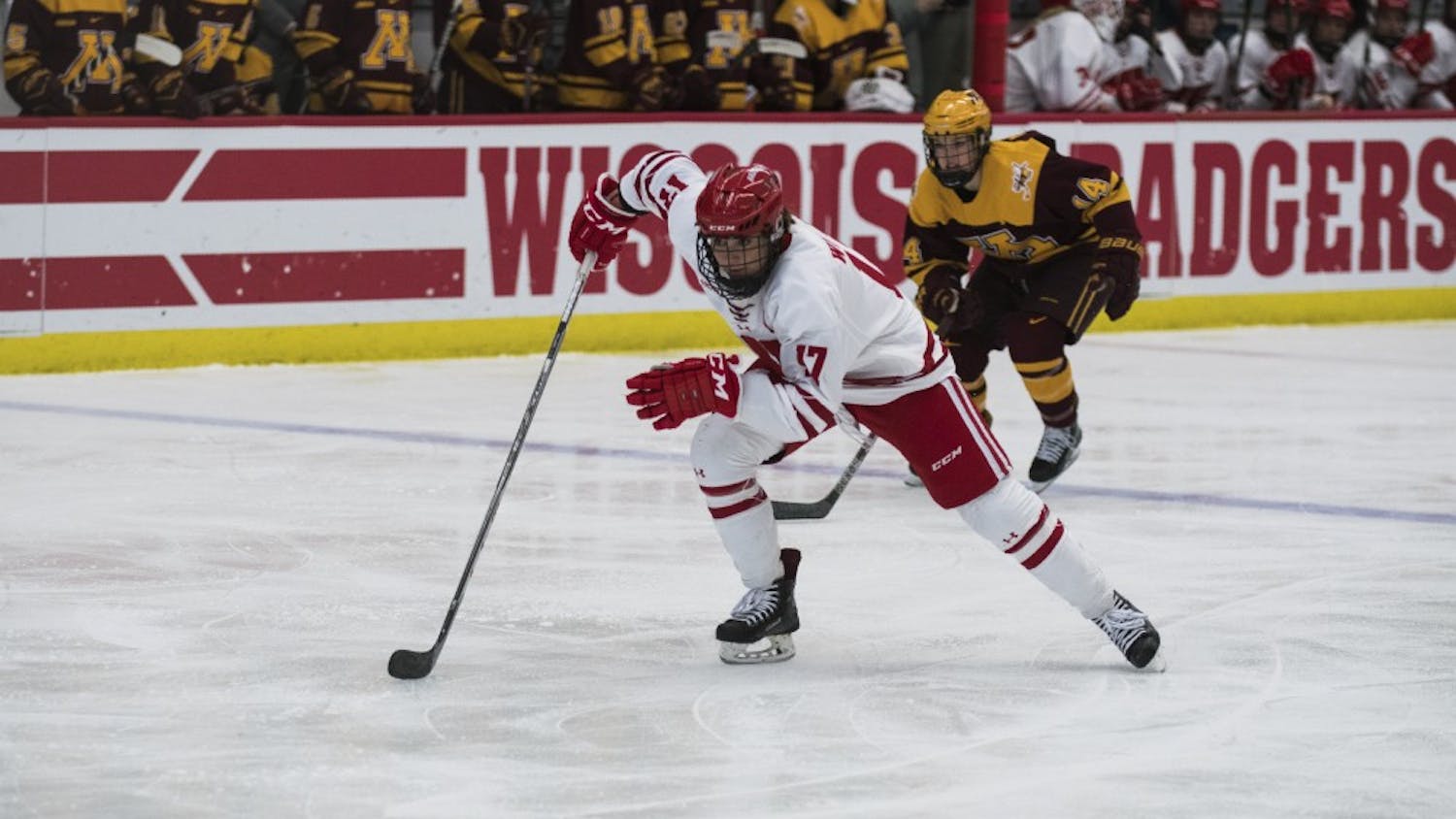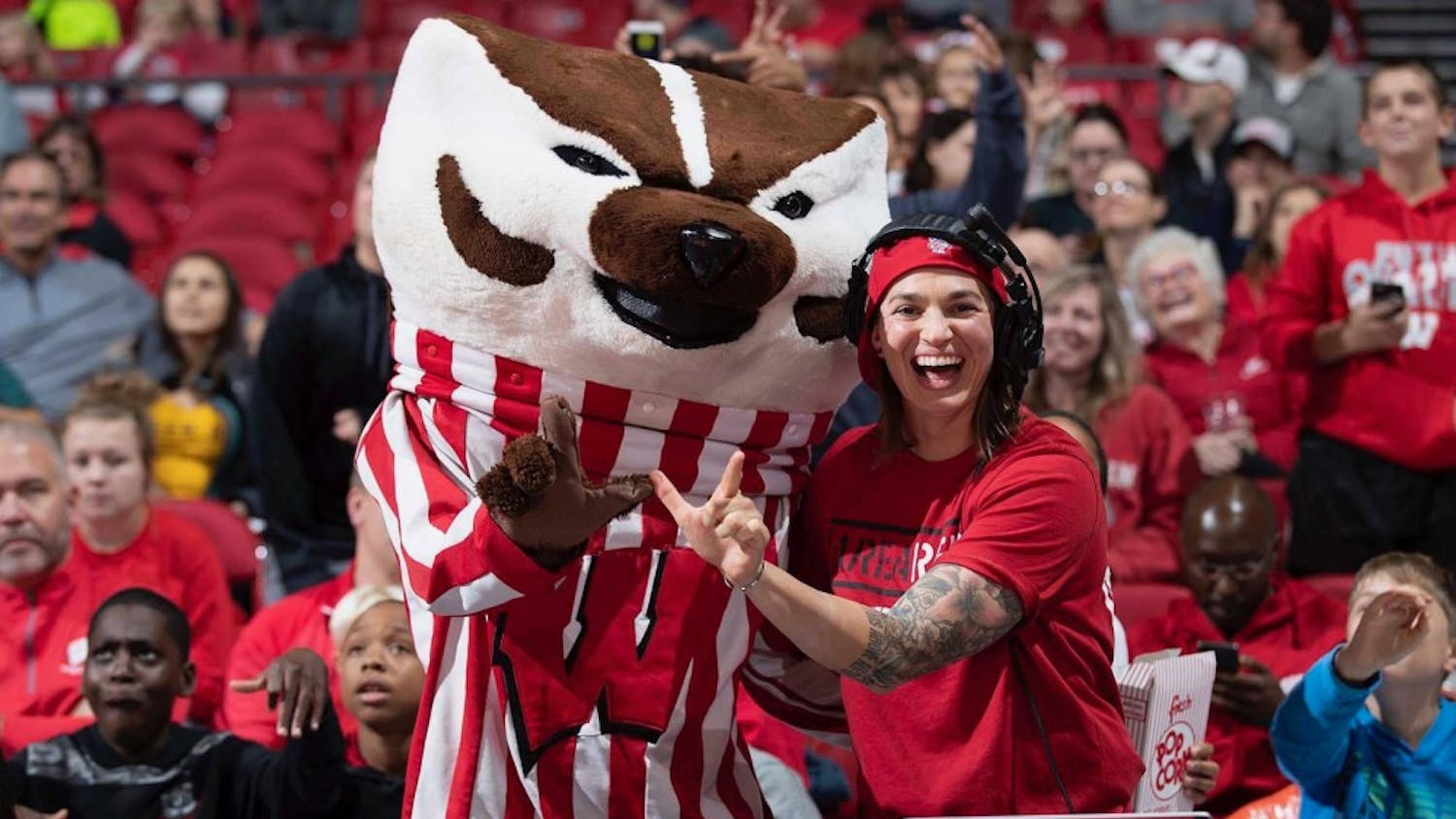Inspired by the Civil Rights Movement of the 1960s, women initiated a fight to create equal playing fields in all aspects in American society. After Title VII was passed to prohibit discrimination against race, color, national origin, religion and sex in response to this movement, women started to fight for equal opportunities in higher education.
President Richard Nixon signed Title IX on June 23, 1972, a piece of legislation that required higher education universities to have equal opportunities for women, including athletics.
It took two years for that edict to work its way to Wisconsin. In 1974, after a complaint was filed in 1973 with the US Department of Health, Education and Welfare that claimed the University was “flagrantly” violating Title IX, the first women’s varsity sports were introduced into Wisconsin Athletics.
While for two years Congress debated the legality and specifics behind the bill, Wisconsin Athletics conceded and created the Women’s Intercollegiate Athletics program in the fall of 1974. Although this was the first time they were allowed to participate in Varsity sports, women had been playing a variety of sports since 1895, starting with a boating crew coached by Andrew O’Dea.
After the boating crew was started, women’s basketball was created intramurally in 1897. While women could receive honor letters and wear their sport’s clothing, it wasn’t until 1970 that the university created a club sports program. This program appointed Katherine “Kit” Saunders, who came to Wisconsin in 1964 to earn her master’s degree in physical education, to be the first Women’s Club Sports Coordinator in 1971-72.
The Athletic Board voted in this program on July 1, 1974, which signaled a huge win for Badger women. Its budget went from a measly $2,000 to $118,000 and earned a spot in Camp Randall Stadium.
In this new program, 12 new women’s sports were added to Wisconsin’s roster: badminton, basketball, cross country, fencing, field hockey, golf, gymnastics, rowing, swimming and diving, tennis, track and field and volleyball. While there were no scholarships alloted for women and players often had to purchase uniforms or share (as in the case of the basketball, volleyball and track team), this did not hold back female athletes from fame and success.
The first women’s Varsity basketball home game was played on January 11, 1975, at home against UW-Green Bay, and beat them 45-38. The team went on to have a record of 11-7 that season under head coach Marilyn Harris.
In May of that year, track star Cindy Bremser, a senior nursing student who tried out for track in order to lose weight, became the first UW women’s track All-American by placing third in the mile at the AIAW National Championship. She also ended up becoming the University’s first track Olympian after her performance at the 1984 Los Angeles Olympics when she placed fourth in the 3000 meter race.
A year after the creation of the Women’s Club Sports program, the women’s Varsity Eight rowing team won the national championship, a first for the team and a first for women’s sports at Wisconsin.
"I know people feel we're pioneers," Carie Graves, a stroke for the women’s rowing team from 1971-’76, said in an interview with Andy Baggot for Madison.com. "Clearly we were, but I don't recall feeling that at the time."
The NCAA, on the other hand, had no interest in paying attention to Title IX and in fact challenged the legality of the act in 1976. Instead, the Association of Intercollegiate Athletics for Women (AIAW) stepped in and sponsored the first national championships. In addition, the Big Ten conference held unofficial championships for all women’s sports, not officially recognizing them until the 1981-82 school year.
The first partial scholarships were offered to women through the basketball team in 1976. A year later, basketball, volleyball, track and swimming each gave out eight total scholarships, for a total of 62 scholarships across all the women’s teams.
The NCAA recognized women’s athletics at the same time as the Big Ten conference in 1981-82, a decade after Title IX was enacted, and started hosting national and conference championships that year. That same year, the budget had grown to $1 million; 10 years later in 1994, UW’s women’s sports program grew to $3.5 million. It had a budget of $8.8 million and 455 female players in 2004.
Today, UW offers more women’s teams than men’s teams and is one of the few schools in the Big Ten Conference that does so, according to the Athletics Disclosure Act reports in 2010-11.





